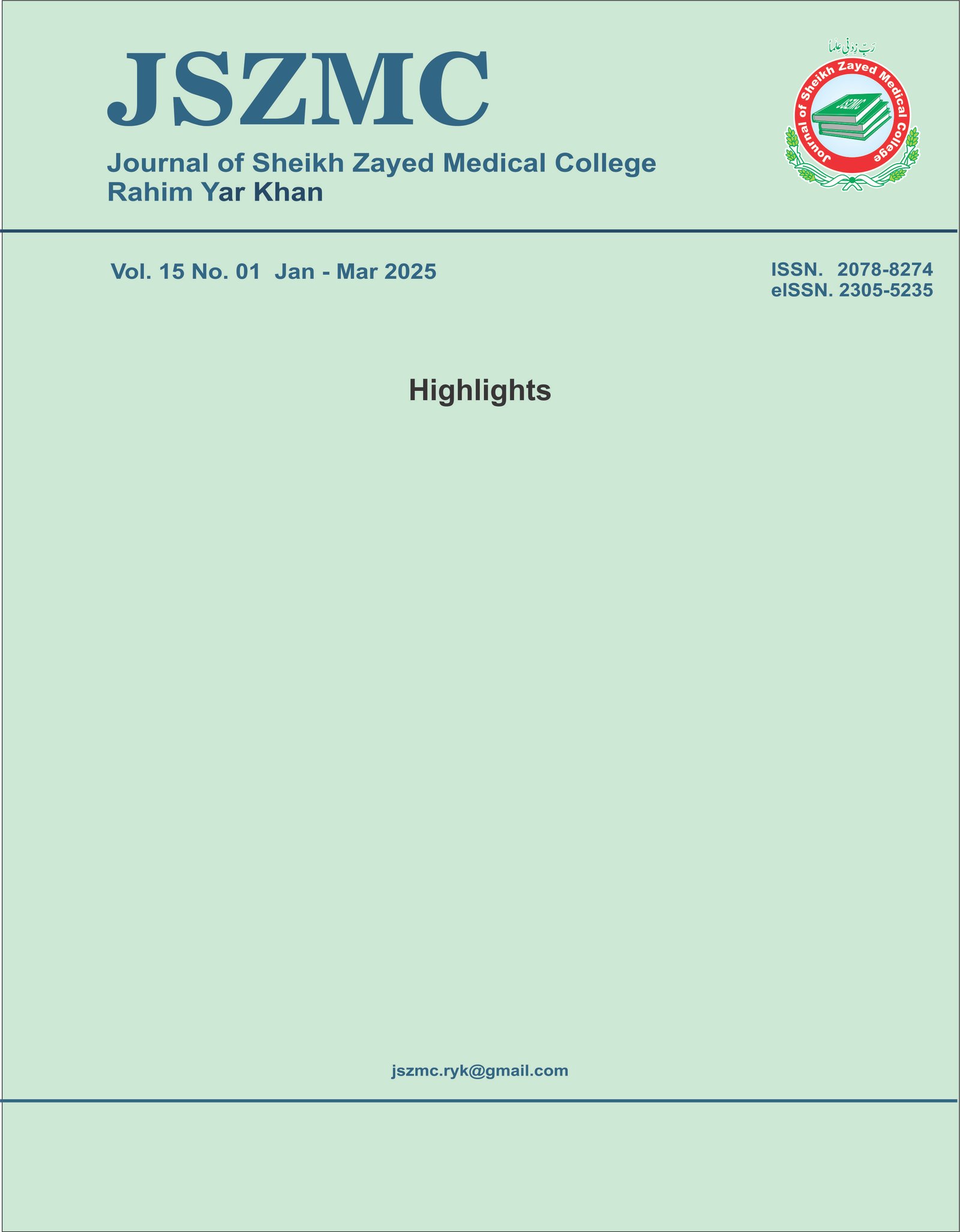Frequency and Determinants of Low Back Pain among Office Workers in Lahore, Pakistan
DOI:
https://doi.org/10.47883/jszmc.v15i01.299Keywords:
Ergonomics, Low back pain, Occupational health, Office workers, Physical activity, Psychosocial stressAbstract
Background: Low back pain (LBP) is a major global health burden, particularly among sedentary office workers. Prolonged sitting, poor posture, physical inactivity, and psychosocial stress are key occupational risk factors contributing to its increasing prevalence. Objective: To determine the frequency of Low back pain and identify its associated determinants among office workers. Methodology: A cross-sectional analytical study was conducted at the Orthopedic Outpatient Department of Chaudhary Muhammad Akram Teaching Hospital/Azra Naheed Medical College from June to December 2023. A convenience sample of 264 office workers aged 18-60 years was recruited. Data were collected using standardized tools, including the Nordic Musculoskeletal Questionnaire (NMQ), International Physical Activity Questionnaire (IPAQ), Rapid Entire Body Assessment (REBA), and Perceived Stress Scale (PSS-10). Bivariate and multivariable logistic regression analyses were performed to identify significant predictors of LBP. Results: The frequency of LBP was found to be 207 (78.4%) among office workers. Independent predictors of LBP included working more than 8 hours per day (AOR = 2.71), low physical activity level (AOR = 3.14), medium/high ergonomic risk (AOR = 3.92), and moderate/high perceived stress levels (AOR = 2.85) (p < 0.05 for all). Conclusion: This study highlights a high frequency of LBP among office workers, significantly associated with prolonged working hours, physical inactivity, ergonomic risk, and psychosocial stress. These findings underscore the need for workplace interventions such as ergonomic modifications, physical activity promotion, and stress management programs.


